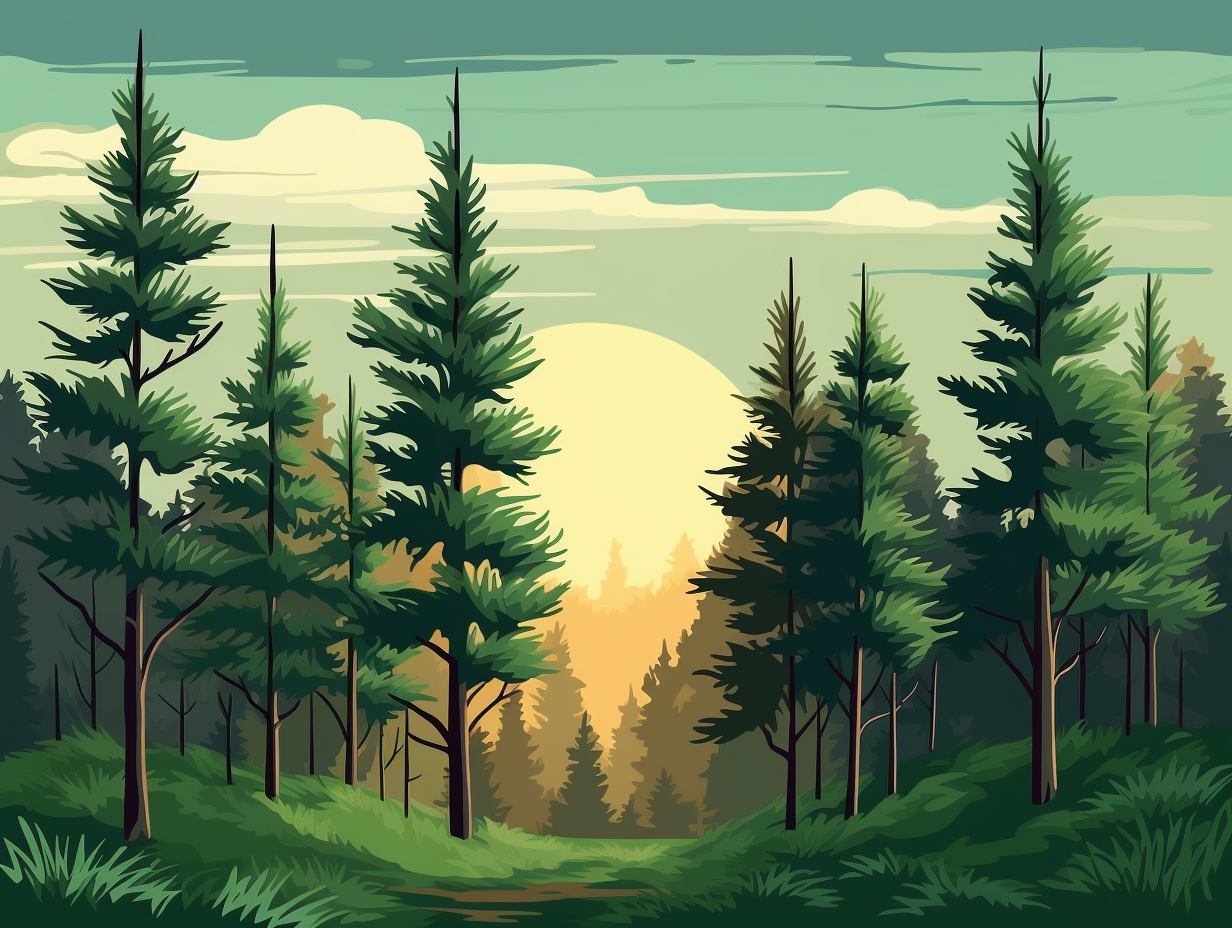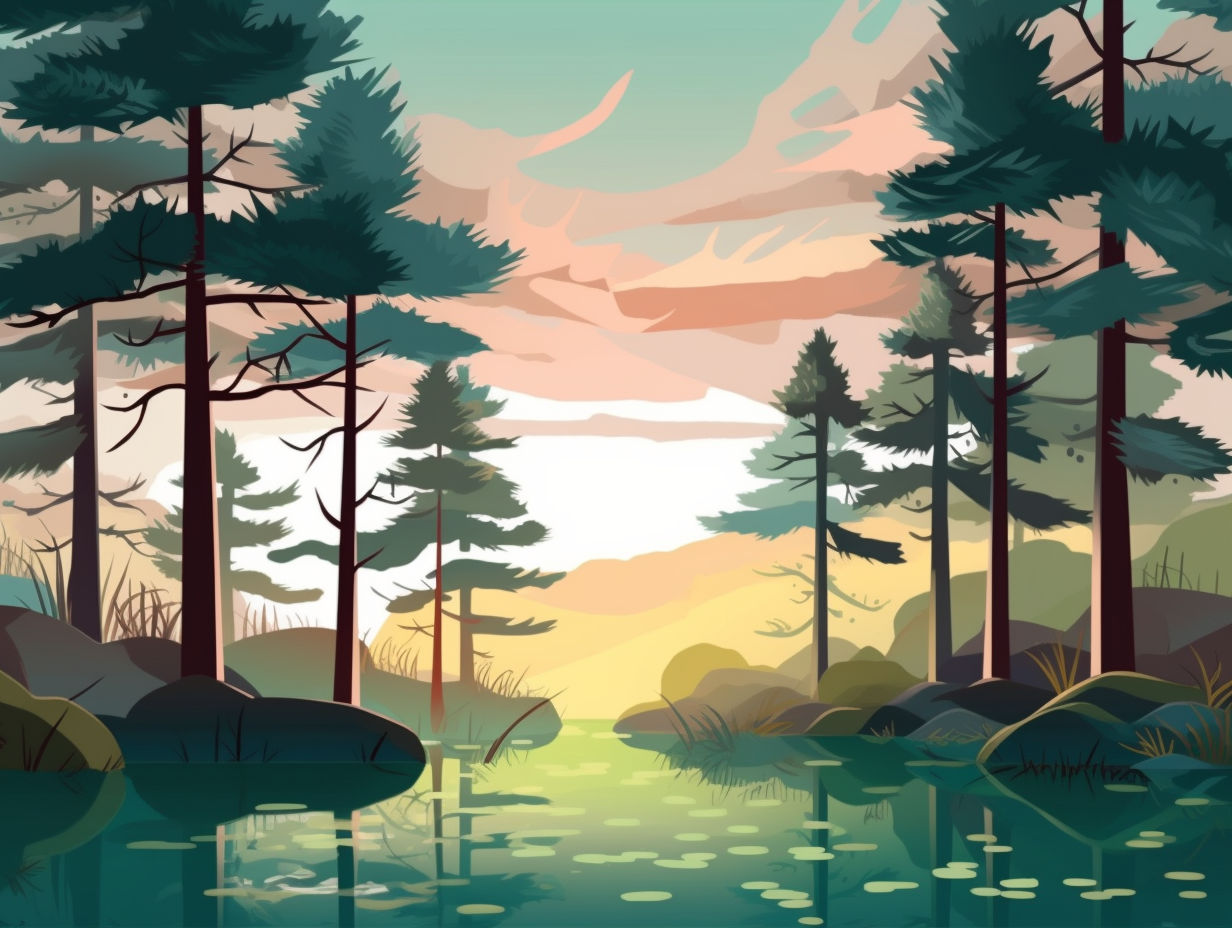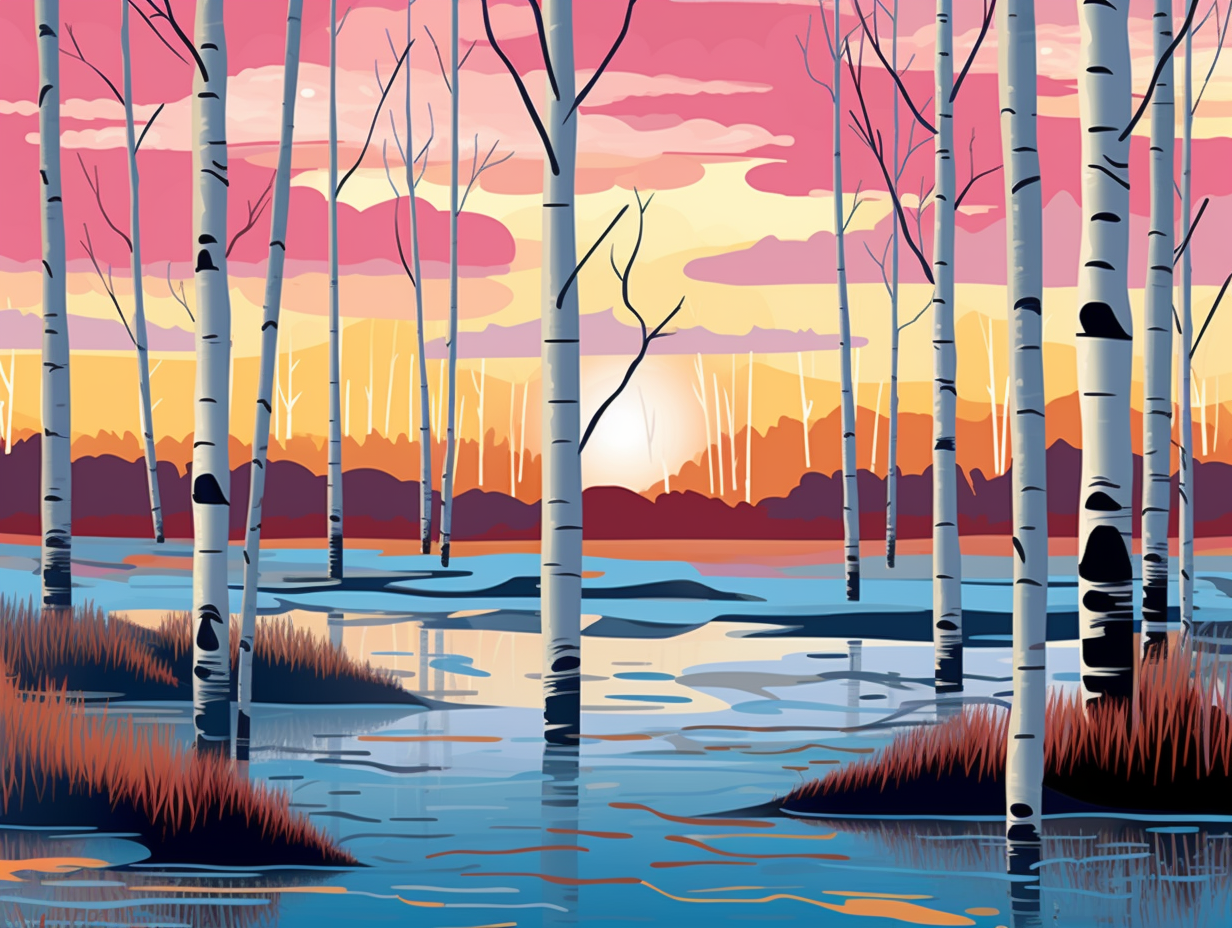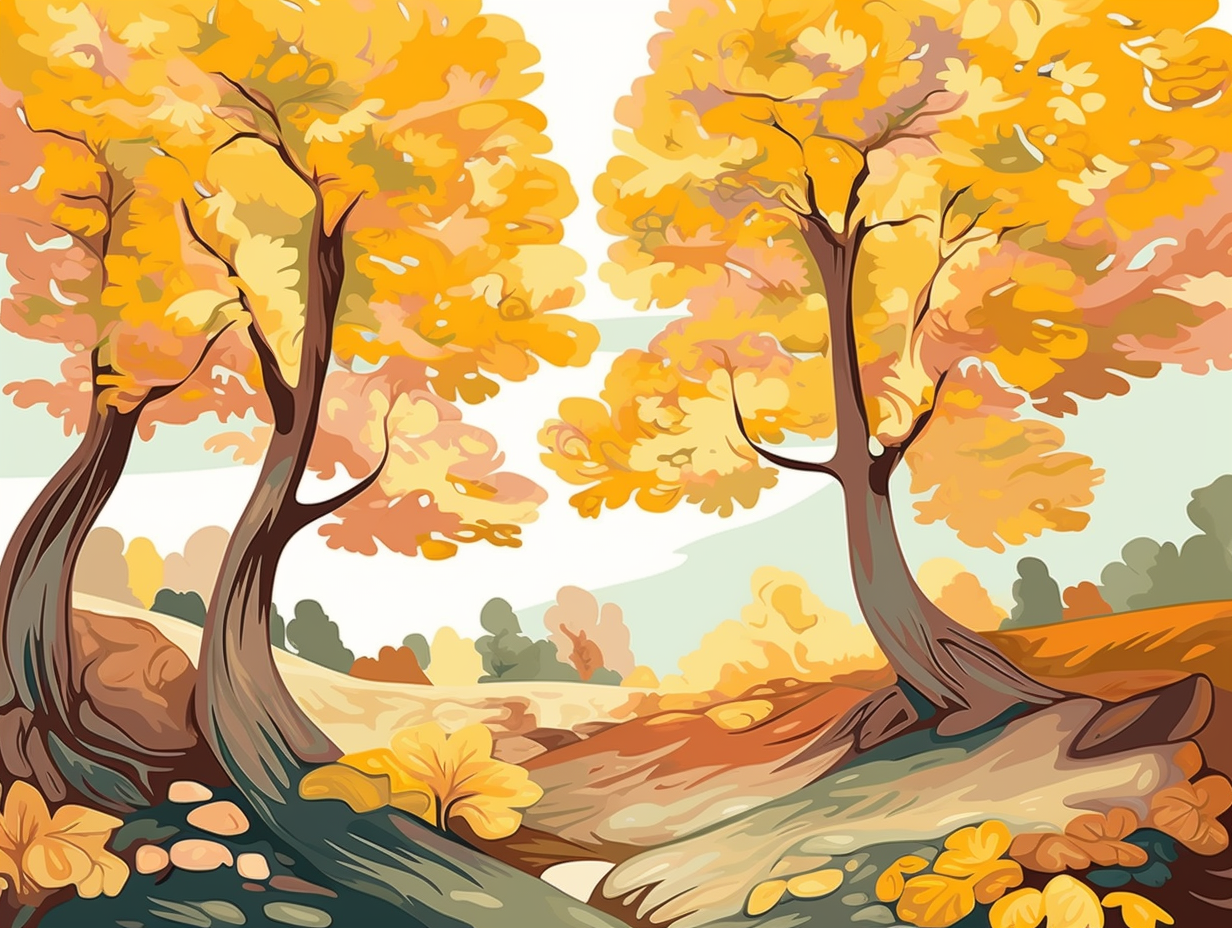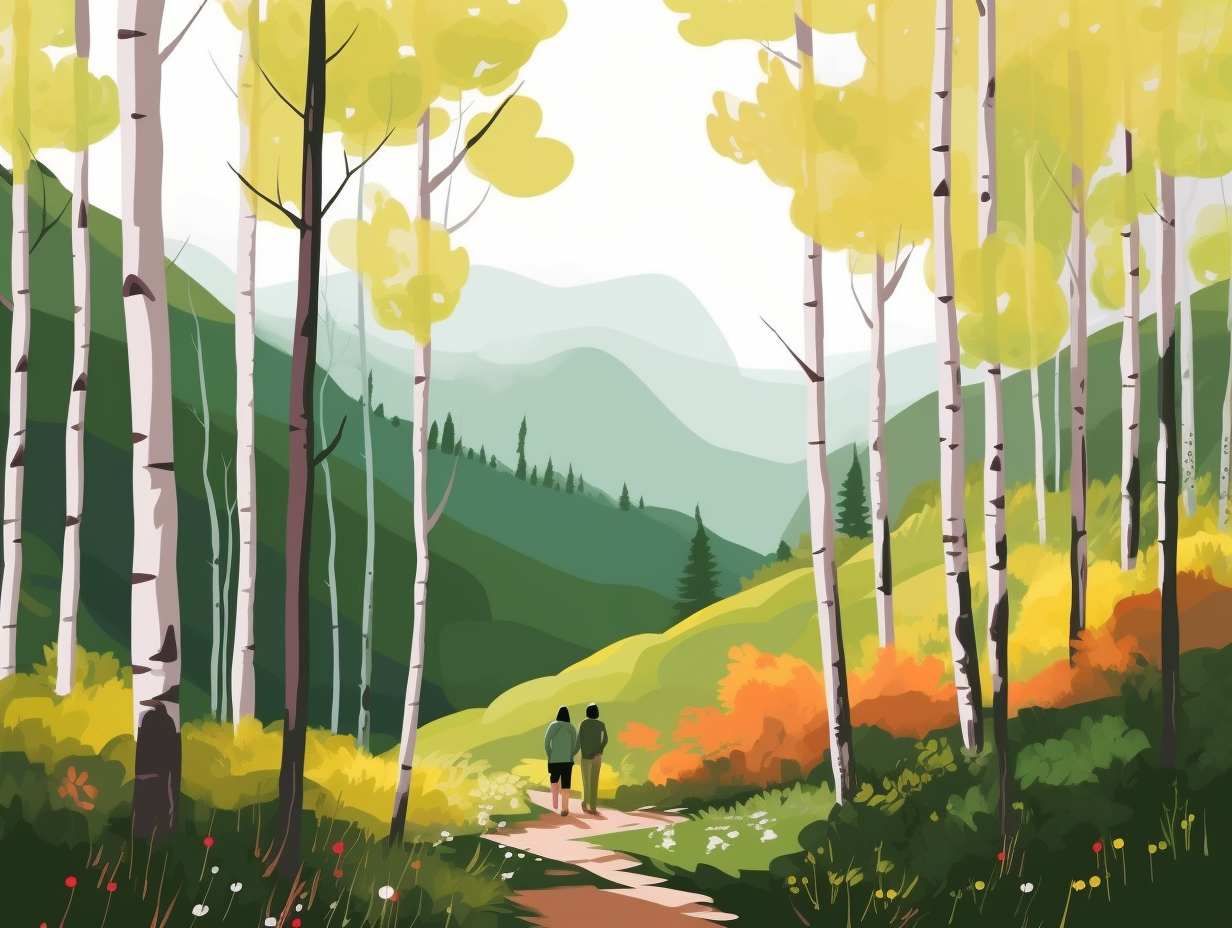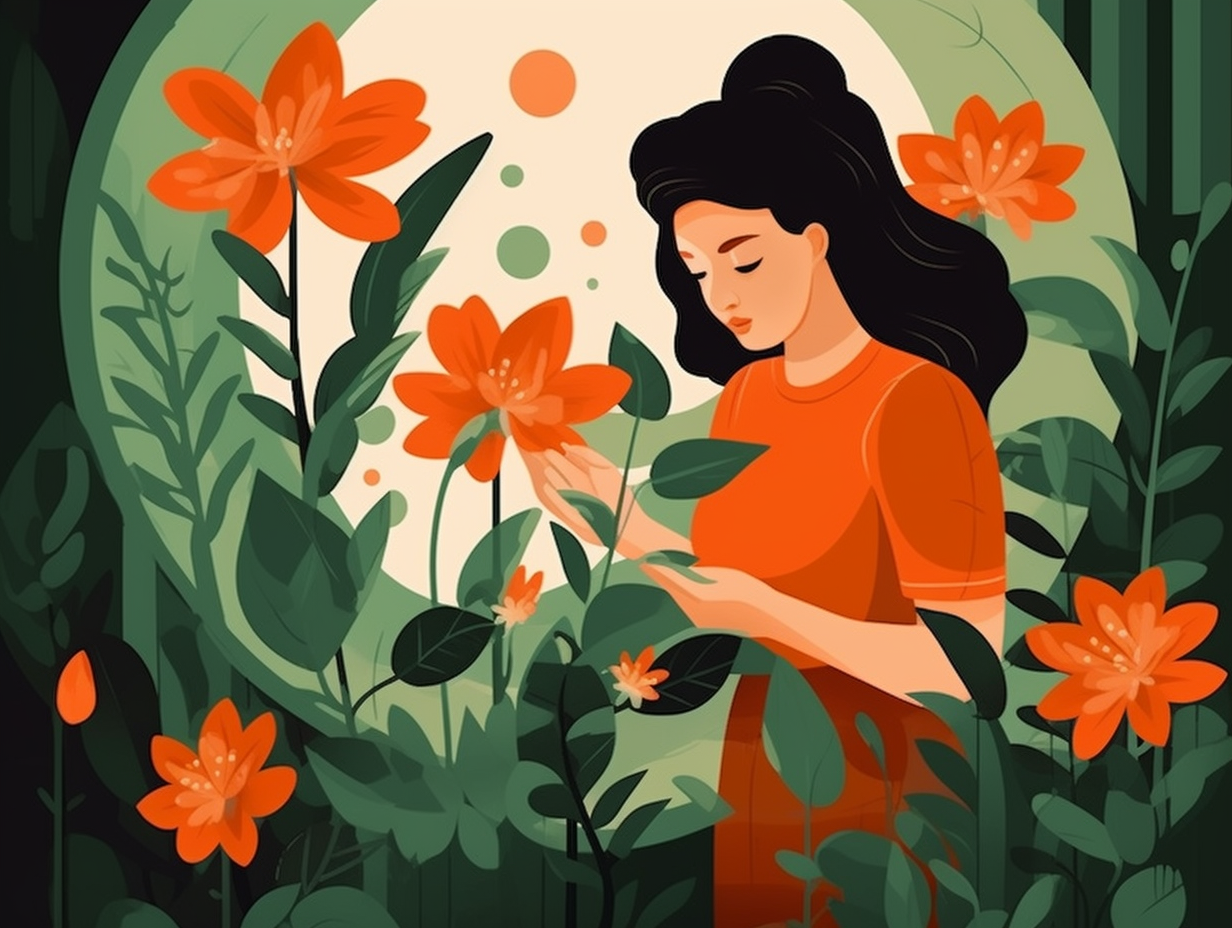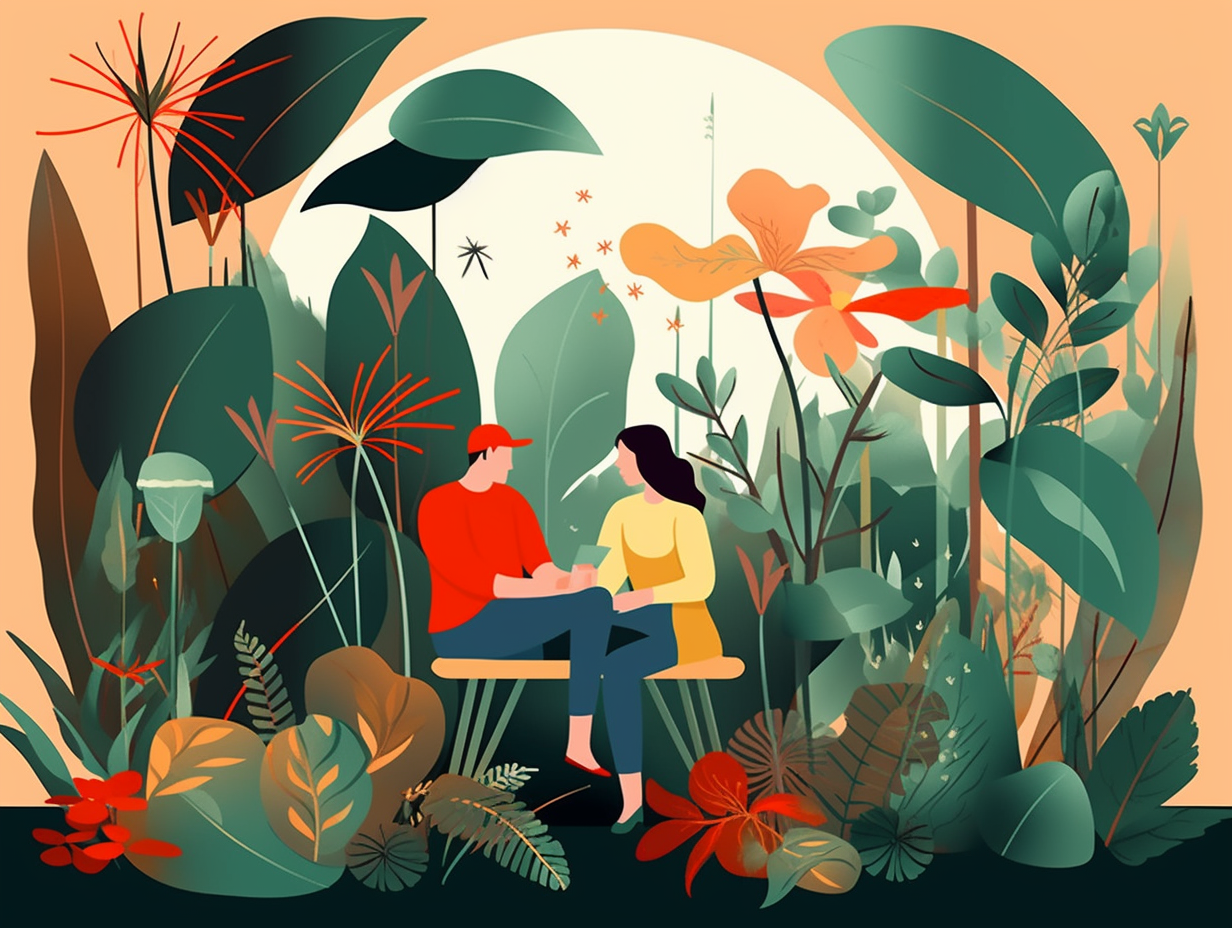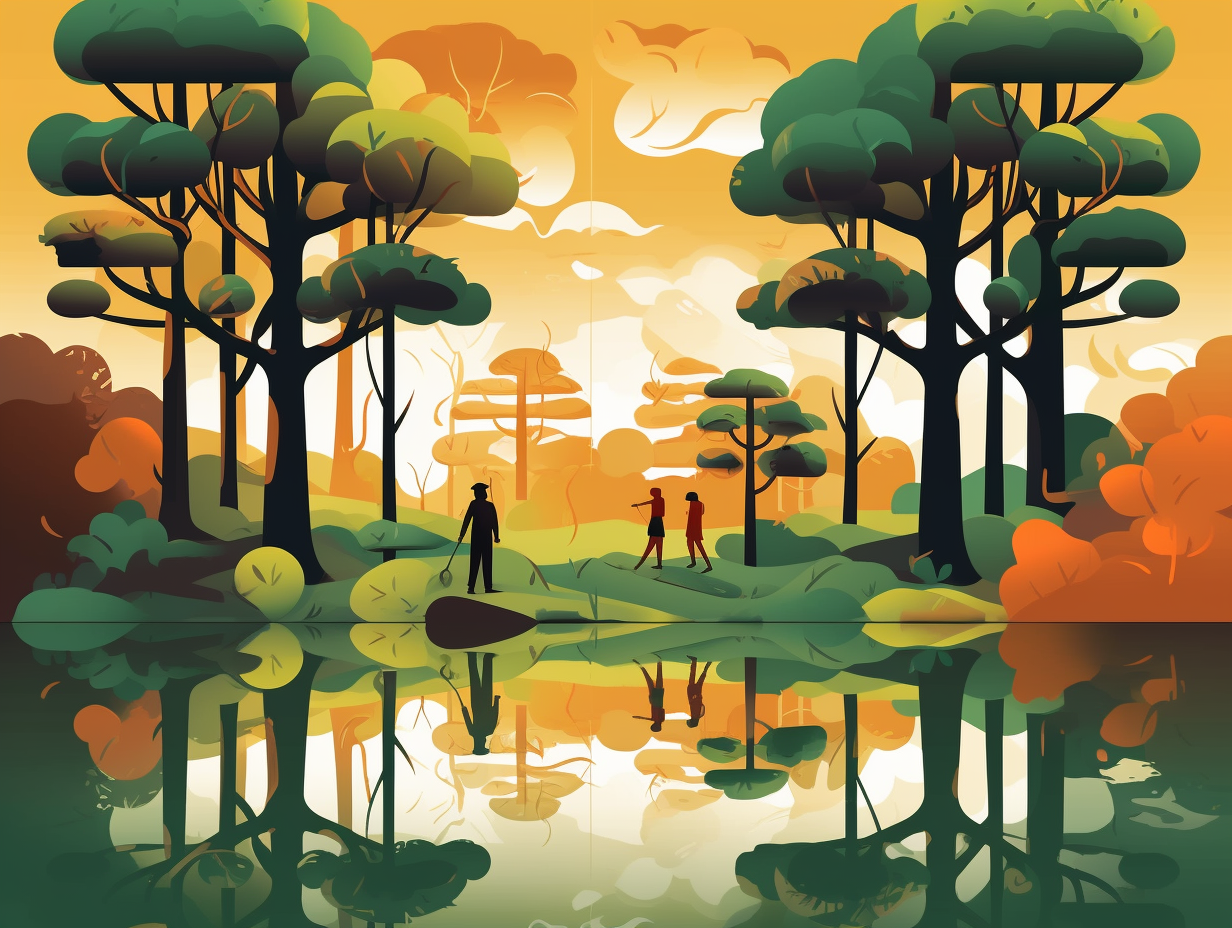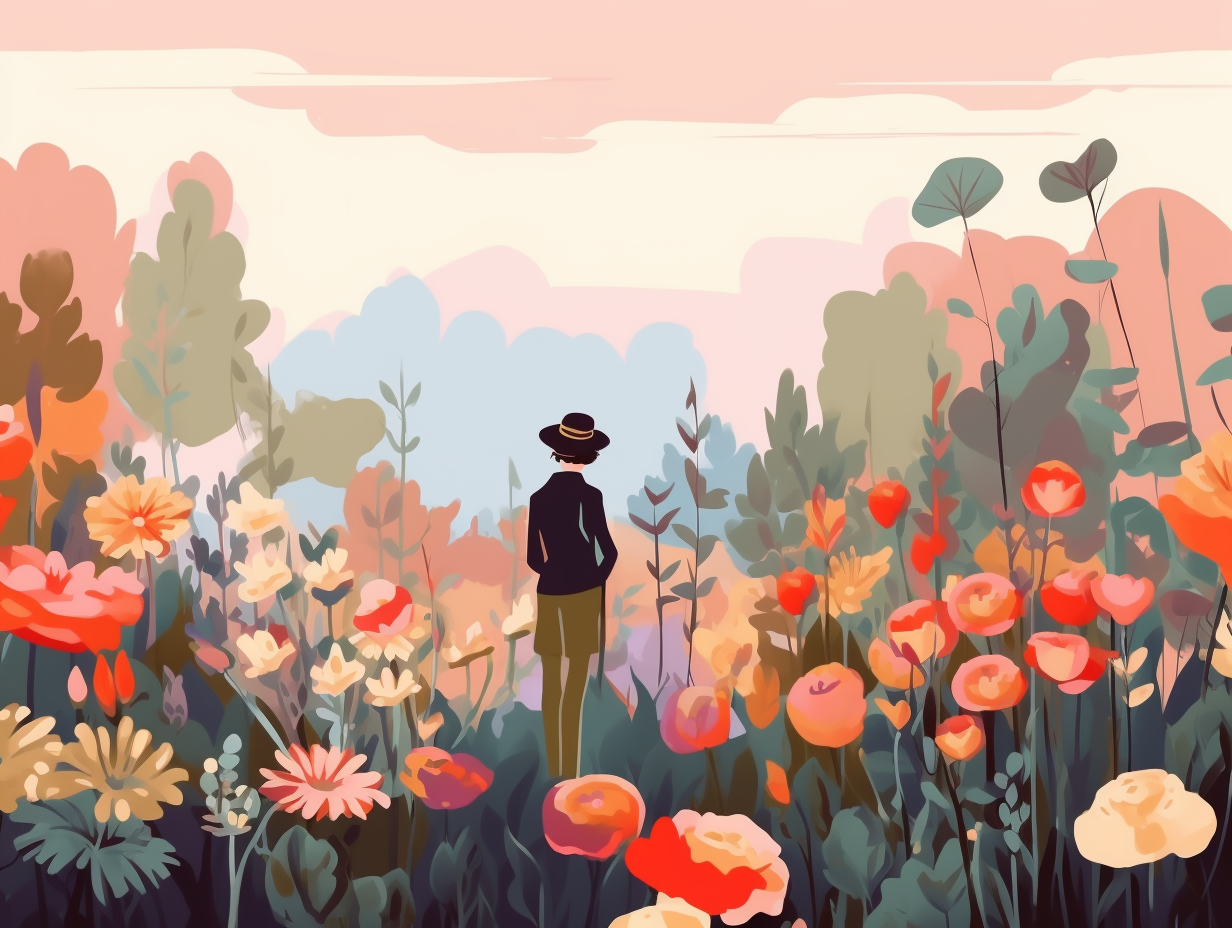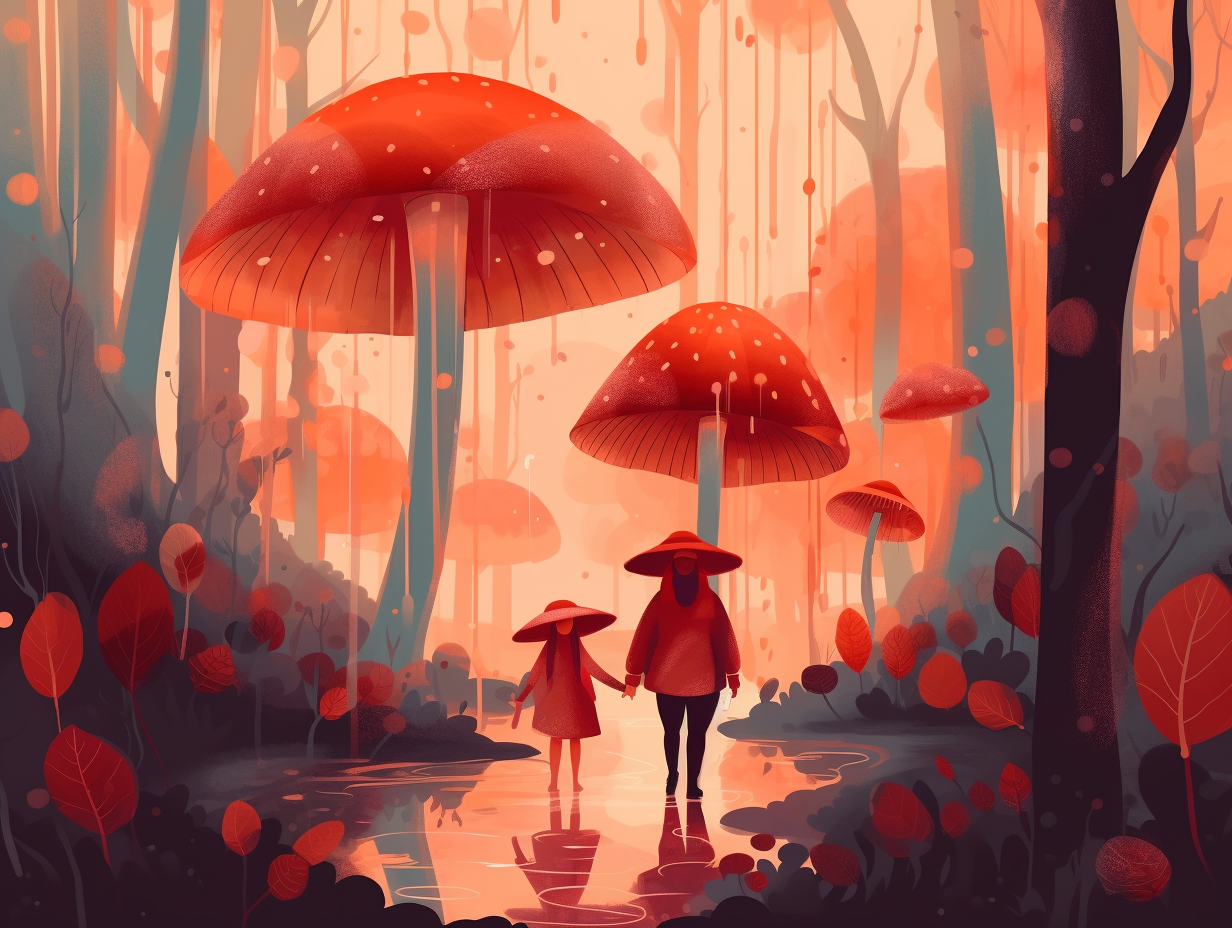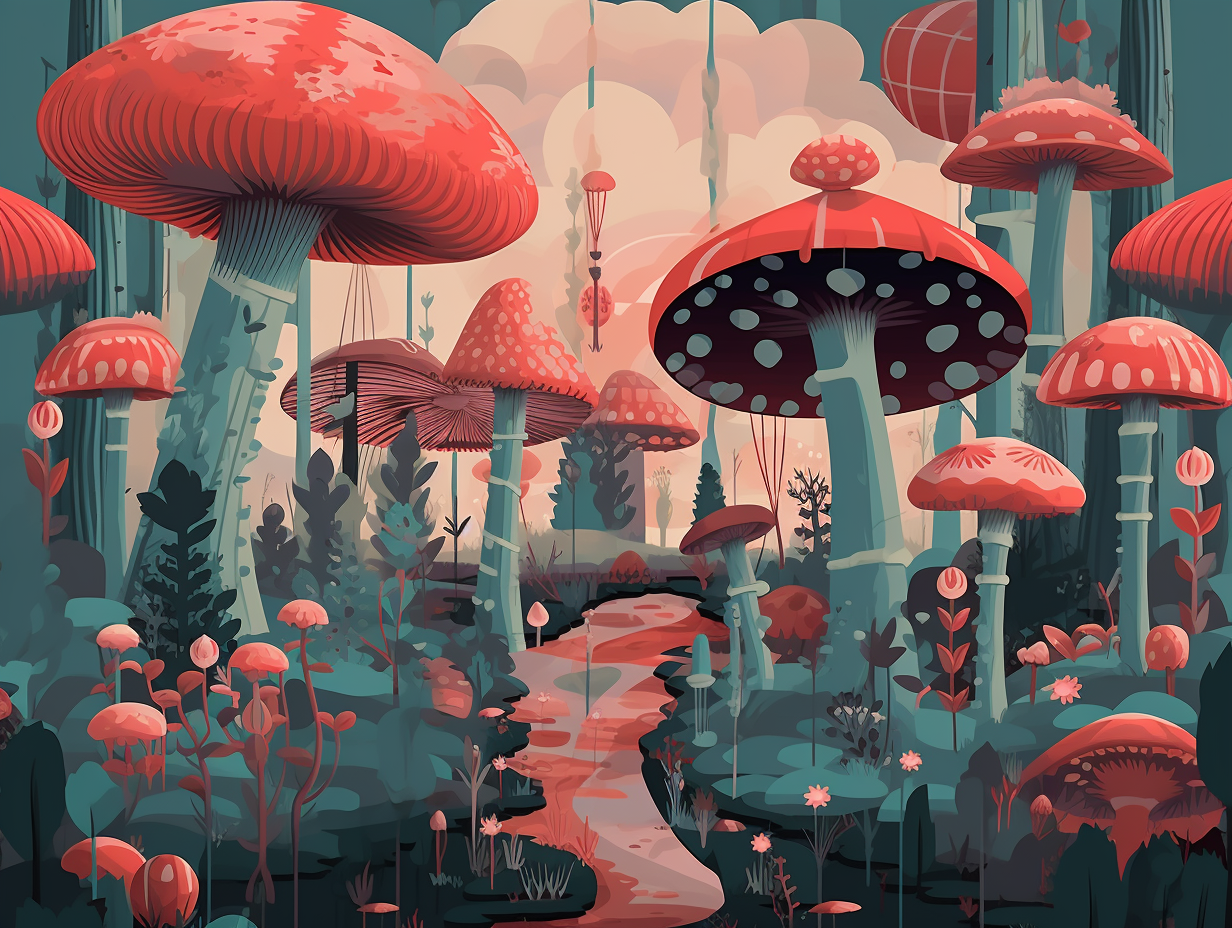Discover the Magic of Blue Spruce Trees: Top 8 Fun Facts You Never Knew!
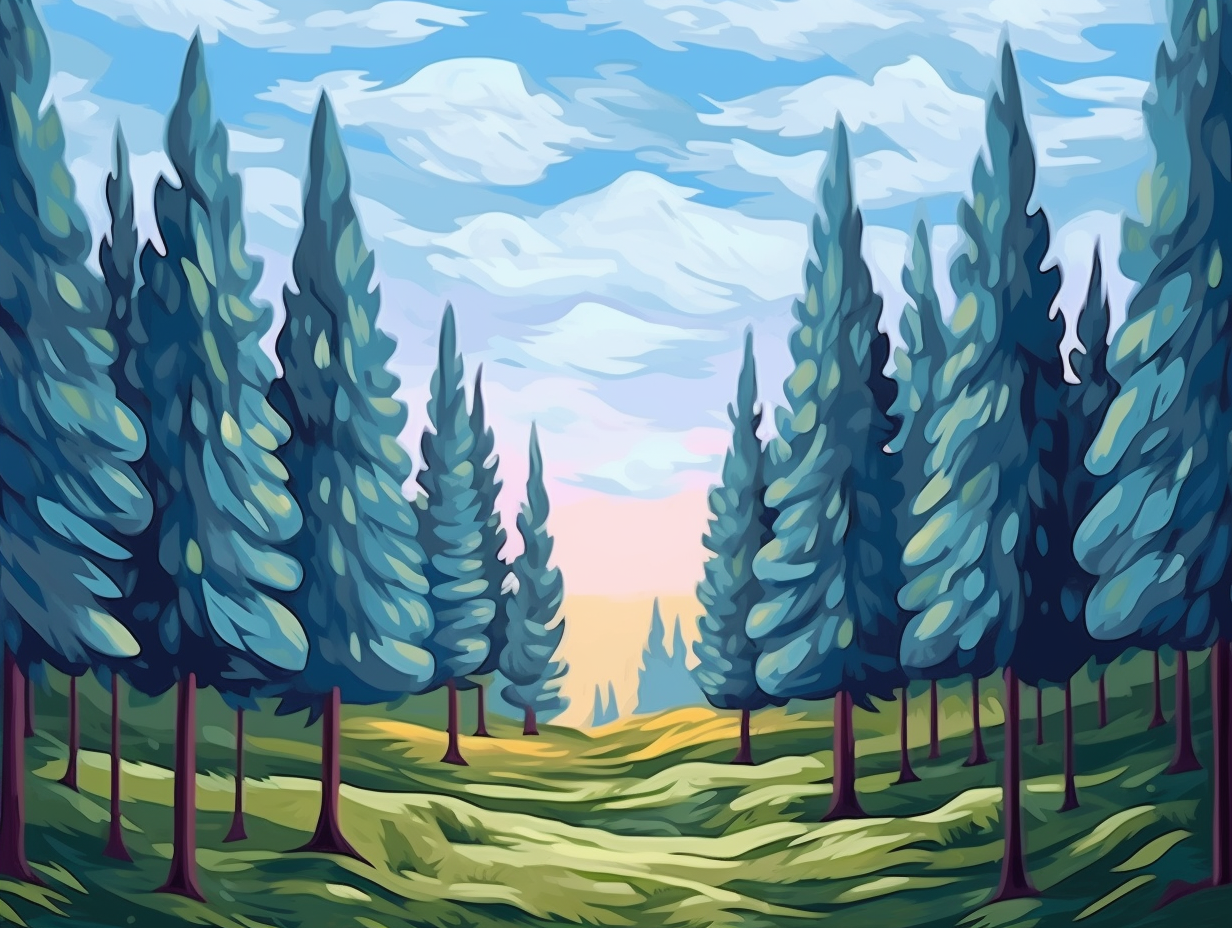
1. Smurf-approved Tree
A clever smurf must have been the architect for blue spruce trees – these radiant evergreens sport needles that look like they've had one too many dips in a tub of blue paint: The blue hue is actually a waxy coating that helps the tree conserve water and energy during winter months, while adding a natural camouflage against predators in snowy environments.
Source => help.gardeningexpress.co.uk
2. Drought-fighting Elder
Who needs a tree that can stand the test of time, when you can have one that laughs in the face of drought and wind? Introducing the slow and steady elder of the forest, the blue spruce tree: This Colorado evergreen not only takes pride in being drought-tolerant and wind-resistant, but also has the ability to live up to an astonishing 600 years, giving it plenty of time to strut its stuff and reach its full regal height.
Source => trees.com

Did you know the world's oldest violin created by Stradivari owes its incredible sound and longevity to the Val di Fiemme region's spruce wood? Discover the secret behind this legendary instrument!
=> Fun Facts about Spruce-Trees
3. Shallow Yet Strong Roots
While the roots of a blue spruce tree might not be able to tackle a game of Hide and Seek, they sure can put up a fight against Mother Nature's tantrums: penetrating a mere 6.4 cm of soil in the first year, these shallow-rooted trees stand tall despite strong winds and put up a good fight, embracing drought better than other spruces. However, their inclination to attract some uninvited guests like Pineapple Gall Adelgids and Spruce Beetles, coupled with their vulnerability to needle casting diseases, showcase their intriguing complexity as a species both worthy of admiration and protection.
Source => en.wikipedia.org
4. Deer's Blue Buffet
If you think deer have a "blue" diet, you aren't far off: Blue spruce trees are both a favorite meal and shelter for these graceful grazers! But don't let the majestic evergreen fool you; during their first 3-6 years, most growth happens under the radar as the tree develops a strong root system and modifies its leaf structure. In fact, Coloradans in the Eastern plains might be better off providing a buffet for deer with the more drought-tolerant Witchita Blue Juniper instead.
Source => conservation4you.org
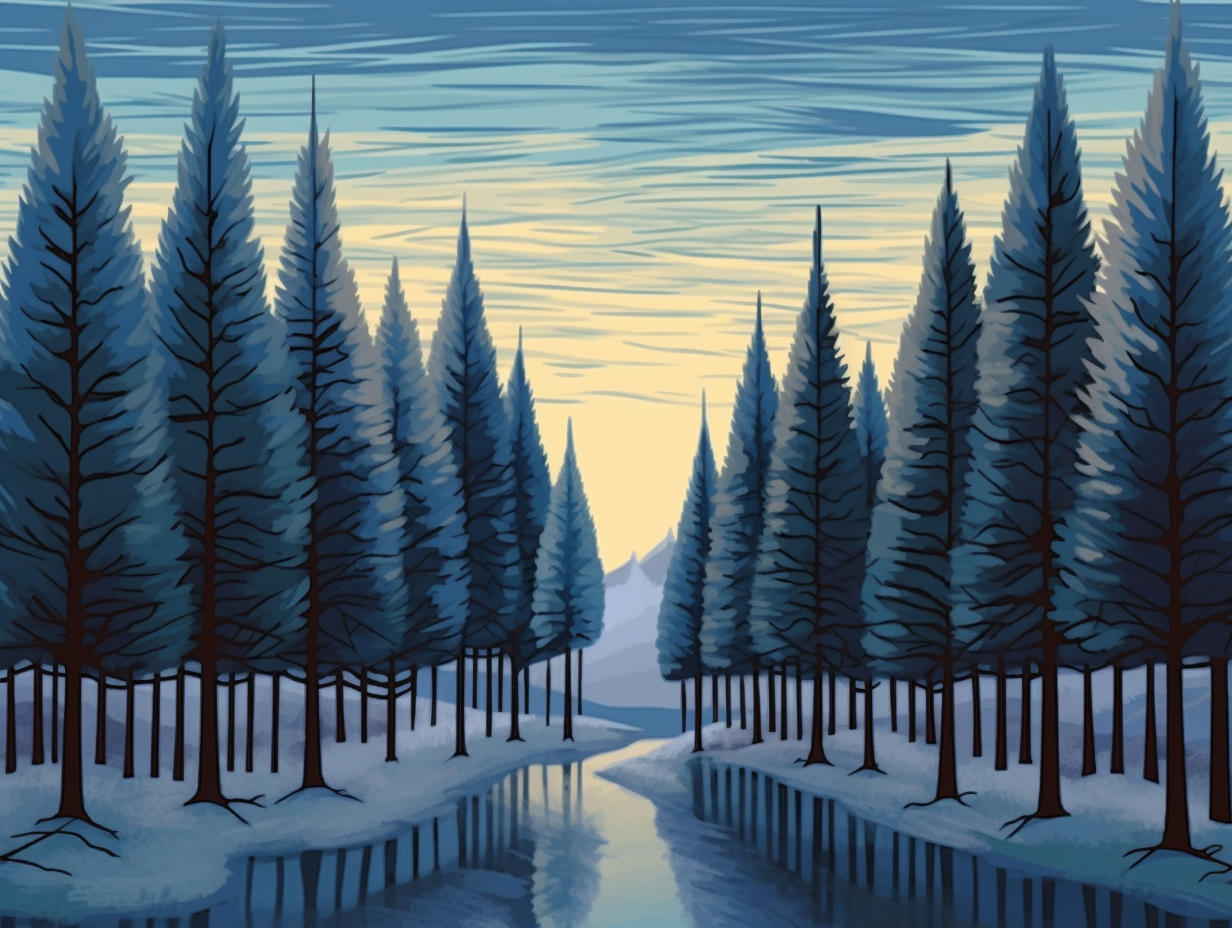
5. A Wise, Long Life
Who says size matters when you've got centuries of wisdom? The blue spruce tree proves it's not just any old sap-lings that get to enjoy the long-life elixir: Surprise, surprise: these sturdy, not-so-tall trees can live between 600-800 years, ensuring they become an ever-lasting landmark within both time and landscape.
Source => milehightreefarm.com
6. Timber World Multi-taskers
Blue Spruce trees, the ultimate multi-taskers of the timber world: not only are they the star performers in Christmas tree extravaganzas, but they also moonlight as state tree of Utah, and have even held cameo roles in Native American herbal remedies. Now that's what we call branching out into success: first discovered in 1862 by a botanist with a penchant for surgery, the Blue Spruce has carved its niche in history and culture, serving both as a strikingly beautiful ornament for landscapes and as medicine for the Keres and Navajo tribes, who brewed up some needle-infusions to banish colds and stomach woes.
Source => frarborists.com
7. Natural Bug Deterrent
Who needs bug spray when you've got the mighty Blue Spruce? This tree's got natural swagger to keep pesky insects at bay, strutting its bluish hue like a designer outfit: Blue spruce trees possess natural oils in their needles that effectively deter pests such as aphids and mites, making them an ideal choice for those seeking a chemical-free way to protect their Christmas tree from infestation.
Source => canr.msu.edu
8. Fierce Ornamental Divas
If you're looking for a spruced-up shade provider that screams "I'm fabulous," you might just be barking up the wrong tree with the Colorado blue, white, and Serbian spruce varieties: While they're indeed known for their shade tolerance, they're seldom used for natural shade due to their slow growth and towering stature. Instead, their silvery-blue and green needles, and stunning shapes have made them the divas of the ornamental tree and windbreak world.
Source => homeguides.sfgate.com
Related Fun Facts

